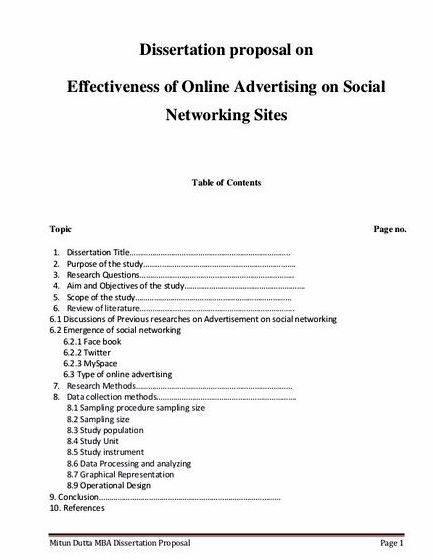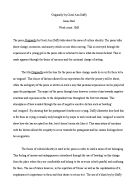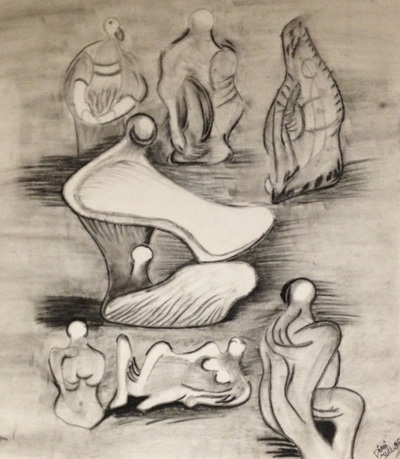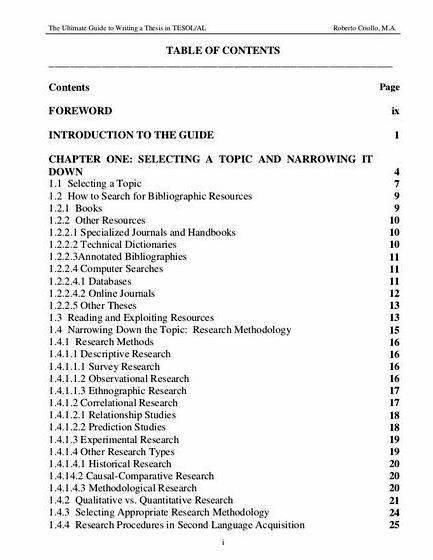Write the empirical formula for at least four ionic.
Empirical formula is the smallest whole number ratio of moles of each element in a compound. What is the empirical formula of the following compounds? (so reduce the formula if you can) Step 1 If you have masses go onto step 2. Assume the mass to be 100g, so the % becomes grams. Step 2 Determine the moles of each element.
How to Write Covalent Compound Formulas. Writing covalent compounds involves the use of Greek prefixes. They are listed in the table to the right. The prefixes are used to indicate the amount of each atom in the compound.. Empirical Formula Gram Formula Mass Mass Composition Molecular Formula Naming Hydrates Percent Composition.

Gabriella Fiorino Chapter 3 1)Write empirical formulas for the compounds represented by the molecular formulas (a) C 4 H 8 (b) B 2 H 6 (c) CCl 4 2) Are molecular compounds formed via covalent or ionic bonds? Why? 3)Classify each of the substances as an atomic element, molecular element, molecular compound, or ionic compound.

How do you write the formula of compound? We need you to answer this question! If you know the answer to this question, please register to join our limited beta program and start the conversation.

To investigate this experiment, the masses of the metal and gas were measured to obtain the empirical formula of the compound. PROCEDURE Before starting the experiment, the materials needed were gathered: crucible and lid, Bunsen burner, deionized or distilled water, striker, magnesium ribbon, sandpaper (if needed), clay triangle, wire pad, crucible tongs, electronic scale, ring clamp.

C)The molar mass can be obtained from the empirical formula mass by multiplication to 6.022 x 1 How are the molar mass and empirical formula mass for a compound related - Science Mathematics How are the molar mass and empirical formula mass for a compound related.

Ionic compounds are neutral compounds made of positive cations and negative anions. Writing the chemical formula for ionic compounds is fairly easy. Write the cation symbol, then the anion symbol. Find the lowest common multiple for the ions to make the compound neutral.

When writing chemical formula for compounds it is important to know the combining powers or valencies of the elements. This allows you to determine the ratio the elements combine in. All compounds are made of elements that are chemically combined in whole number ratios. eg. Water is made up of 2 parts hydrogen to 1 part oxygen.

Empirical Formula A molecular formula displays the number of all the atoms present in the molecular compound individually; this shows the actual numbers of atoms. But the empirical formula displays.

How to Write Chemical Formulas Correctly. A chemical formula is something like a recipe that contains different ingredients and makes an item. For example, Cocoa Butter, Chocolate Liquor, Sugar, Lecithin and a flavoring agent makes a delicious item called Chocolate.

A compound’s percent composition provides the mass percentage of each element in the compound, and it is often experimentally determined and used to derive the compound’s empirical formula. The empirical formula mass of a covalent compound may be compared to the compound’s molecular or molar mass to derive a molecular formula.

In this post, you’ll learn how to find the empirical and molecular formula of an unknown compound when given the mass percent of the compound. First, we’ll start by going over all the steps. Then we’ll apply the step by going through an example.

The empirical formula for a chemical compound is an expression of the relative abundances of the elements that form it. It isn't the same as the molecular formula, which tells you the actual number of atoms of each element present in a molecule of the compound. Different compounds with very different properties may have the same empirical formula.



